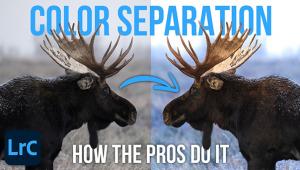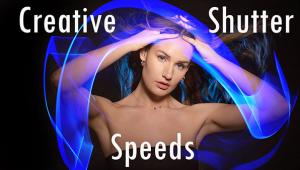Exposure Basics I
Exposure Basics I
George Schaub
“Exposure” is shorthand for the delicate balance of the light sensitivity of the recording material (in our case the camera’s CCD or CMOS sensor with picture sites, known as pixels) with the amount of light in the scene. There are two parts of a camera system that control the amount of light coming through the lens—the aperture (the diameter of the opening in the lens) which is described as an “f” number, such as f/8, and the shutter speed, which is the amount of time the shutter stays open to receive the light coming through the lens, described as a fraction of a second, such as 1/125 sec (or just 1/125) or a full second or seconds.
The light coming through the lens causes a change. In digital photography the light energy, or photons, creates an electrical charge, or reaction/excitation, within the picture sites, which then send that electrical signal to an image processor for conversion to digital binary code. The signal also includes color information, which is sorted through filters that sit atop the sensor into Red (R), Green (G), and Blue (B) components, which are later re-integrated to form the RGB (color) digital image.
 |
 |
|
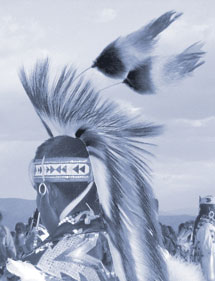 |
 |
|
|
||
If you break an image down to “channels” you can see the components that combine to form a full color image. A digital image is recorded through various color filters—R (Red), G (Green), and B (Blue). The image processor then integrates these signals to form the full-color image. In digital you can have a profound influence over how color is recorded (its hue) and the brightness (light and dark) of those colors.
You could think of the exposure system as a seesaw in which you want to achieve balance, using exposure to mediate between the sensitivity of the sensor (its ISO) and the brightness values (the lights and darks) in the scene.
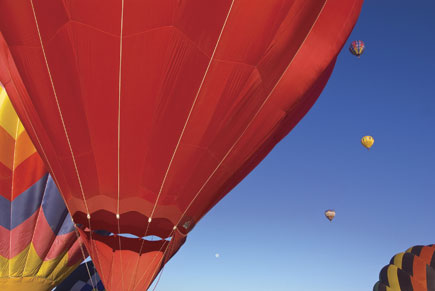 |
The goal of exposure techniques is to capture all the brilliance of color and light from the scene, as in this early morning shot at the Taos Balloon Rally.
When you master exposure you can get image effects that create mood and allow you to get creative when you process the image later. This portrait of Kallie Polgrean was made with window light and a very shallow depth of field, aided by some edge blurring later in software.
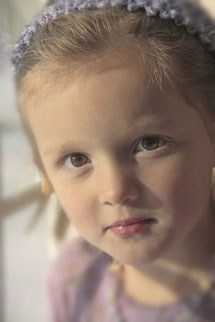 |
Modern digital cameras allow for steady shots in lower-light levels than ever before. You can change the ISO on the camera to raise the sensor’s light sensitivity, as was done with this ISO 800 photo from Glacier Point in Yosemite National Park.
Exposure is all about manipulating light for image effects. All digital photos are RGB photos, but here the image was converted to black and white and made darker during processing to bring out the texture and interplay of light and dark in this canyon wall.
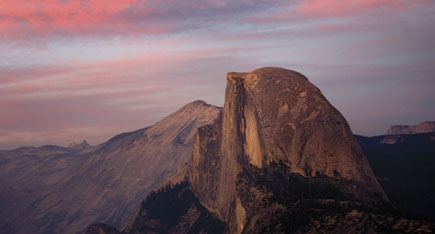 |
The goal of all this is to record as many different and as wide a range of brightness values, or what are called tones, from the scene. Think of a piano keyboard. If you can play with more keys you will get a richer musical sound. Now think of those notes as dark and light values. The wider the range of values recorded the richer the images. The wider the range of values the more interpretation is available to you.
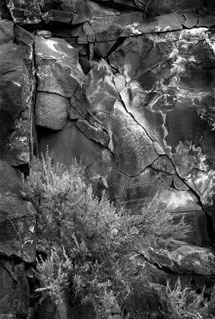 |
A photographic image is a continuous range of brightness values; continuous tone is a large part of what makes for the illusion that a photograph is “real.” Rich tonal values and a range of colors allow us to more easily buy into its magical illusion.
- Log in or register to post comments





































